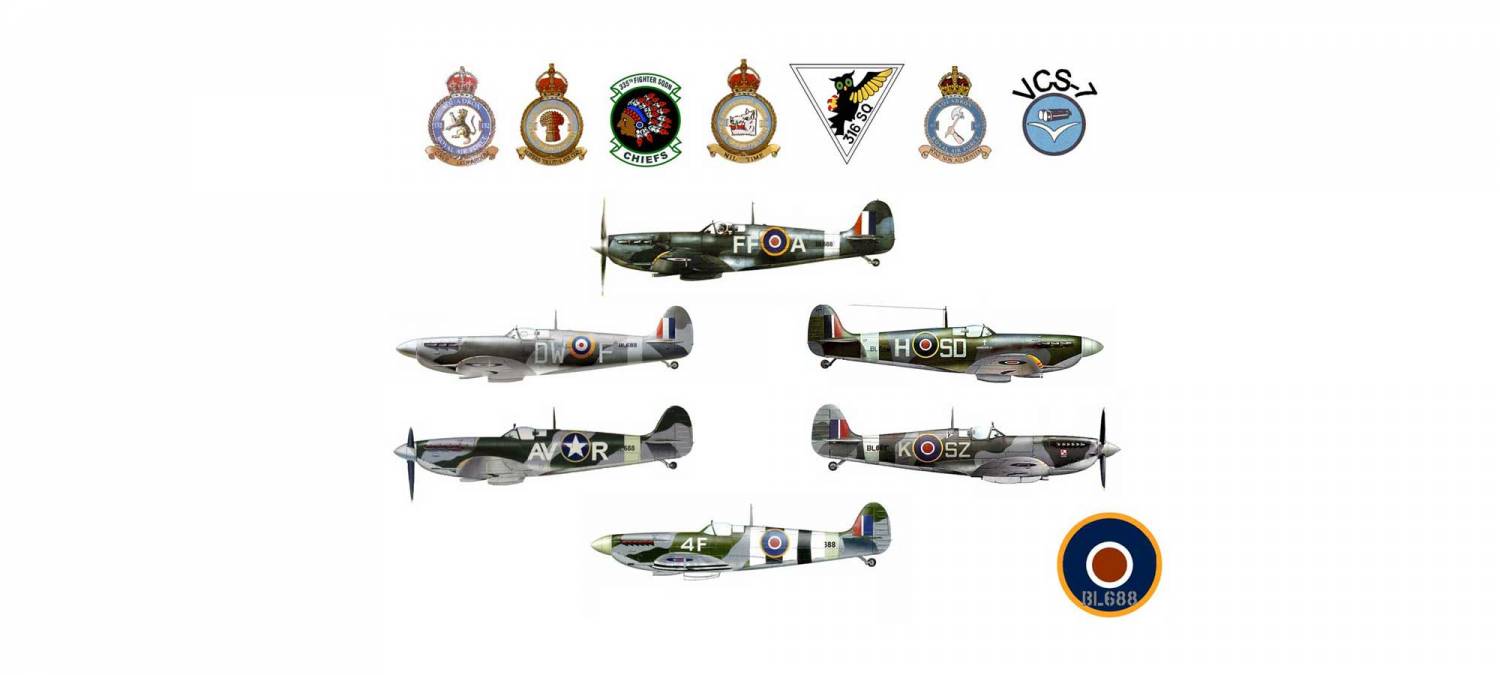
Squadron Codes worn by BL688 © Allan Vogel
Squadron Codes worn by BL688 © Allan Vogel
Squadron Codes worn by BL688 © Allan Vogel
132 SQUADRON RAF (CITY OF BOMBAY) - FF
Originally formed as No 132 Squadron Royal Flying Corps on 1 March 1918, it became a unit of the RAF one month later, then disbanded on 23 December that year without becoming operational.
Reformed on 7 July 1941 as a fighter unit equipped with Spitfires, it provided air defence from Peterhead in Scotland and Southern England where it carried out offensive operations over France. BL688 was part of this squadron between June and September 1942.
Re-joining 2nd Tactical Air Force in 1944, it operated as a fighter-bomber unit, carrying out attacks against ground targets in preparation for Operation Overlord, moving to Normandy at the end of June. It returned to England in September that year carrying out escort duties until the end of the year when the squadron was despatched to India.
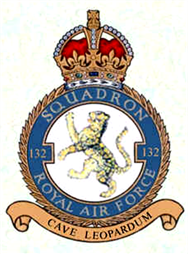
610 SQUADRON RAF (CITY OF CHESTER) - DW
A squadron of the Auxiliary Air Force which was reputed to use the very best pilots and was active between 10 February 1936 – 3 March 1945 and 10 May 1946 – 10 March 1957. BL688 was with the squadron in 1943. Originally equipped with Hawker Hart light bombers, as the war encroached, these were replaced with Hawker Hinds and in 1939, when the squadron’s role changed to that of a fighter unit, it then went on to use Hawker Hurricanes. In September 1939, it started to fly Supermarine Spitfires and it moved to RAF Westhampnett in 1941 as one of three Spitfire squadrons of the Tangmere Wing, led by Douglas Bader. After Bader went missing in action, the squadron came under the control of fighter ace, Wing Commander Johnnie E Johnson in 1943 conducting fighter sweeps to France on a daily basis.
The squadron remained in the UK until later 1944 when it moved to the continent to provide fighter cover against the Germans.
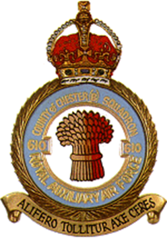
335th Fighter Squadron USAAF - AV
An incorporation of the 121 Eagle Squadron of the Royal Air Force, this squadron was formed on 14 May 1941 as the second of three Eagles Squadrons. Composed mainly of American volunteers, they were recruited by the RAF to assist following the heavy loss of pilots during the Battle of Britain in 1940. The squadron operated Supermarine Spitfires and Hawker Hurricanes. BL688 operated as part of this squadron, based at Debden during March 1943 under the command of Maj Mac McKennon, a fighter Ace credited with 12 aerial kills and 9 ground victories.
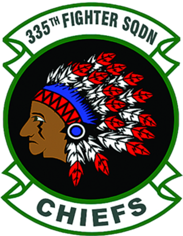
501 SQUADRON (COUNTY OF GLOUCESTER) – SD
A unit of the Royal Auxiliary Air Force, this squadron won seven battle honours flying Hurricane, Spitfire and Tempest fighter during the Second World War. Originally formed as a day bomber unit named 501 Squadron (City of Bristol), its name changed in 1936, in an attempt to extend its recruitment pool. Equipped with Supermarine Spitfires in April 1941 and moved to Northern Ireland in October that year. BL688 operated with this squadron between from April until the end of 1943 based at Tangmere for bomber escort work.
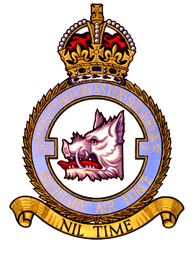
316 POLISH FIGHTER SQUADRON (CITY OF WARSAW) - SZ
Formed as part of an agreement between the Polish Government in Exile and the United Kingdom and was one of several Polish fighter squadrons operating alongside the Royal Air Force during the Second World War. In 1943 and 1944 when BL688 operated as part of the squadron, it was based in the North of England and Norwich engaged in defensive duties in sweeps over Northern France.
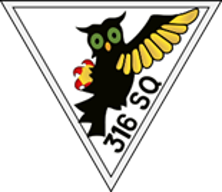
63 SQUADRON – 4 (A to Z) with Invasion Stripes
A bomber aircraft and training squadron of the Royal Air Force, this squadron operated for various periods between 1916 and 1992. Originally part of the Royal Flying Corps, it was initially equipped with de Havilland DH4 aircraft. Supermarine Spitfires, including BL688, were used from May 1944 while it was based at RNAS Lee-on-Solent as part of the operations for D-Day. The squadron was transformed from bomber duties to working as a fighter aircraft working closely with ground troops and in a naval support role which was unique for this aircraft. It went on flying front line duties until the end of 1944.
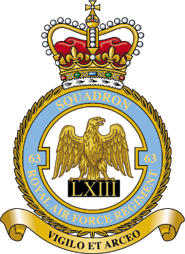
58 OTU (Operational Training Unit)
The role of this squadron and other training units was to prepare aircrew for operations in particular aircraft or roles. Formed in December 1940 at Grangemouth to train Day Fighter pilots, the unit was reformed in March 1945 at RAF Poulton with Spitfires of which one was BL688. It was on 29 May 1945 that BL688 was being flown by Sgt Zygmunt Bauerek when very bad visibility meant that the aircraft struck high ground, killing the pilot, aged just 20 years old.





